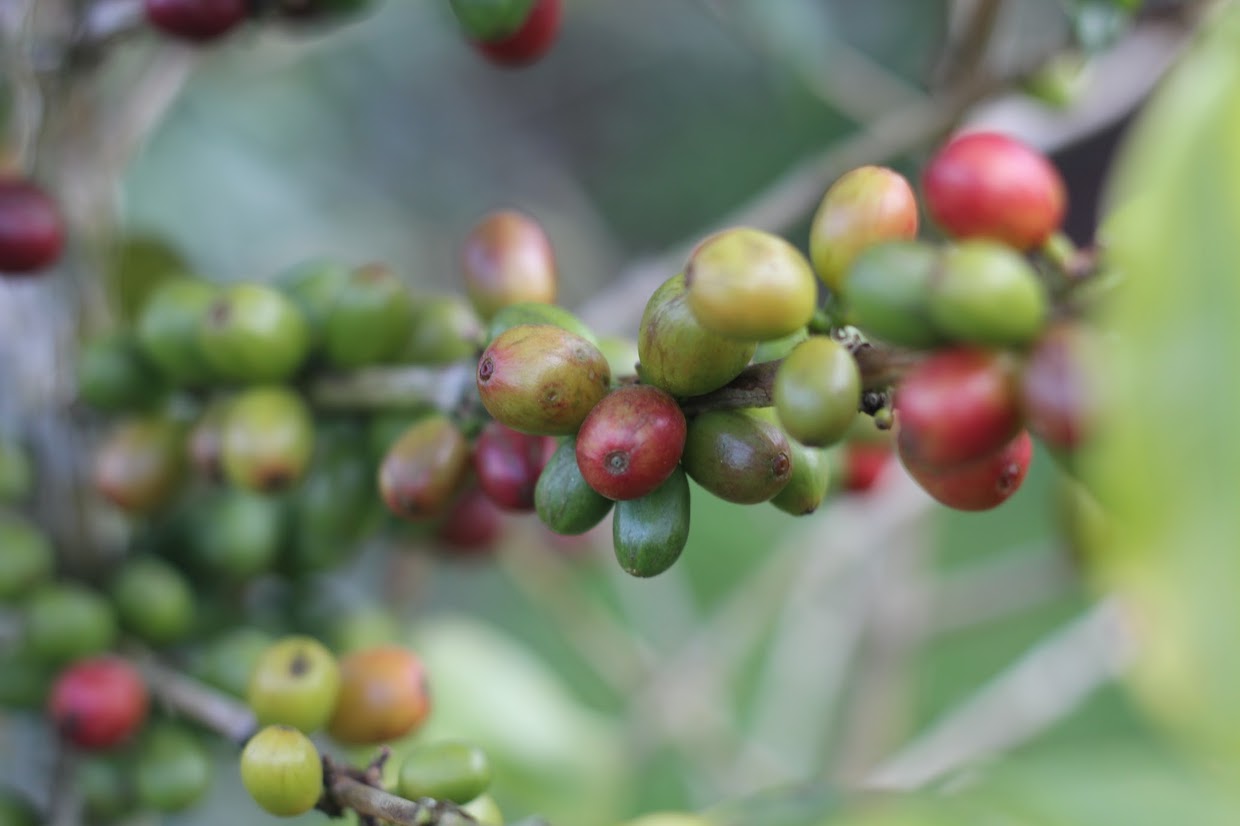Peru’s coffee production is expected to continue a recent growth trend in 2024/25, with exports estimated to jump by about 6%.
Peru continues to be a global leader in the production of organic coffee, although smallholder farmers continue to struggle with profitability due to higher production costs, and lack of access to credit and premium markets.
These and other issues are outlined in the new USDA Foreign Agriculture Service annual report on the Peru coffee sector.
[Note: This is part of a series of stories that will explore USDA FAS annual coffee reports. The information agency typically delivers more than a dozen country-level reports on the coffee sector, each coming from different authors and field offices, with predictions for the 2024/25 market year.]
Production Forecast
- The FAS post in Lima estimates that coffee production in Peru for the 2024/25 year will increase by 7% to the equivalent of 4.22 million 60-kilogram bags, driven by better prices and increased fertilizer use.
- Despite challenges such as higher temperatures, lack of rain, and coffee rust early in the 2023/2024 year, the FAS office notes a recovery of 3.95 million bags, which is 9% higher than the previous year.
- Despite higher commodity prices, Peruvian smallholder coffee producers are continuing to struggle with profitability, as revenues have often not kept pace with production costs, according to the analysis.
Production and Organizational Challenges
- Coffee production in Peru continues to be impacted by the coffee leaf rust outbreak dating back to 2013, with approximately 40% of crops now affected, according to the report. Additionally, crops are suffering from a coffee borer beetle outbreak that dates back to 2020.
- Peru predominantly produces Arabica coffee, with 75% of cultivation occurring at 1,000 to 1,800 meters above sea level, often in shade coffee environments. Much of this production comes from the hands of small farmers, averaging three hectares of land, who face challenges such as poor access to credit and high repayment rates, according to the report.
- Small coffee producers often form associations or cooperatives to secure better prices, improve post-harvest handling and access better financial assistance, according to the FAS analysis.
Trade and Organic
- Peru’s coffee exports for 2024/25 are forecasted at 4.07 million bags, a 6.4% increase from the previous year. The United States remains the top market, accounting for 28% of exports, followed by Germany (18%) and Belgium (9%).
- The authors note that Peru remains a world leader in the production and export of organic coffee, with around 90,000 certified organic hectares.
- A large portion of Peru’s coffee exports are organic by default, but they are not necessarily certified as such due to smaller growers’ inability to pay for costly chemical fertilizers and pesticides, according to the report.
Domestic Consumption
- Domestic coffee consumption in Peru for 2024/25 is forecast at 240,000 60-kilogram bags. Per capita consumption is estimated at 950 grams, which is significantly lower than neighboring Colombia (2.5 kilograms) and Brazil (more than 6 kilograms).
- While soluble coffee makes up 75% of total domestic consumption, there’s a growing trend towards specialty-grade coffee, especially among young urban consumers, with consumption in this group reaching around 1 kilogram per capita.
- Small corner stores (60%) and supermarkets (30%) are the main distribution channels for domestic coffee sales, according to the report.







Comment